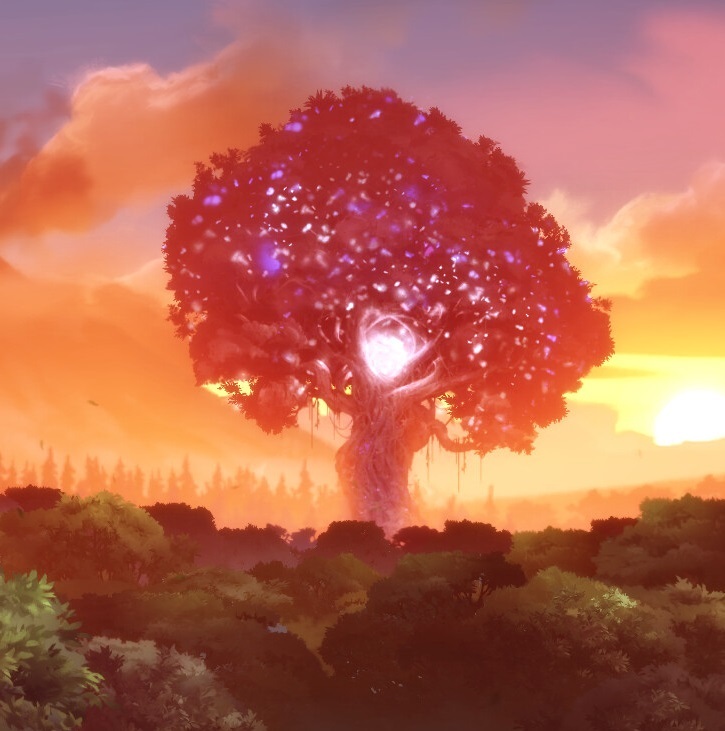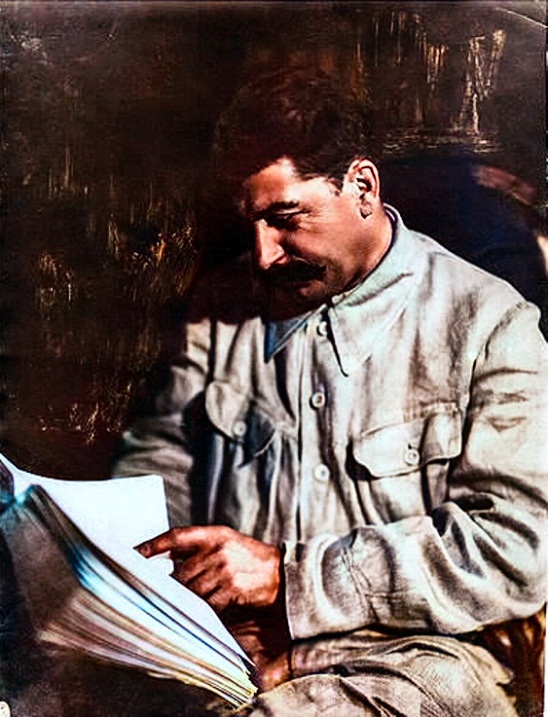Image is of Trudeau and Trump together at Mar-a-Lago in November 2024. Source is here.
The Liberals, headed by Trudeau, have not been doing so hot lately. Polls have been rather poor, showing the party far behind the Conservatives, and the Deputy Prime Minister Chrystia Freeland (an outspoken apologist for Ukrainian Nazis) resigned recently, with more MPs following her lead. Trump's return to power has shaken the Canadian establishment due to his threats to impose massive tariffs on Mexico and Canada, which will have substantial economic consequences given that Canada sends most of its exports to the US, compounding the economic malaise that has affected most of the world over the last few years.
With all this bad news, there are rumors and reports that Trudeau will soon resign, ending his nine years of rule. His fall would be yet another casualty in the wave of incumbent parties falling across the imperial core, only to be replaced by more conservative parties that have very similar policies but wish to cast all blame and hardship onto minorities.
Please check out the HexAtlas!
The bulletins site is here!
The RSS feed is here.
Last week's thread is here.
Israel-Palestine Conflict
Sources on the fighting in Palestine against Israel. In general, CW for footage of battles, explosions, dead people, and so on:
UNRWA reports on Israel's destruction and siege of Gaza and the West Bank.
English-language Palestinian Marxist-Leninist twitter account. Alt here.
English-language twitter account that collates news.
Arab-language twitter account with videos and images of fighting.
English-language (with some Arab retweets) Twitter account based in Lebanon. - Telegram is @IbnRiad.
English-language Palestinian Twitter account which reports on news from the Resistance Axis. - Telegram is @EyesOnSouth.
English-language Twitter account in the same group as the previous two. - Telegram here.
English-language PalestineResist telegram channel.
More telegram channels here for those interested.
Russia-Ukraine Conflict
Examples of Ukrainian Nazis and fascists
Examples of racism/euro-centrism during the Russia-Ukraine conflict
Sources:
Defense Politics Asia's youtube channel and their map. Their youtube channel has substantially diminished in quality but the map is still useful.
Moon of Alabama, which tends to have interesting analysis. Avoid the comment section.
Understanding War and the Saker: reactionary sources that have occasional insights on the war.
Alexander Mercouris, who does daily videos on the conflict. While he is a reactionary and surrounds himself with likeminded people, his daily update videos are relatively brainworm-free and good if you don't want to follow Russian telegram channels to get news. He also co-hosts The Duran, which is more explicitly conservative, racist, sexist, transphobic, anti-communist, etc when guests are invited on, but is just about tolerable when it's just the two of them if you want a little more analysis.
Simplicius, who publishes on Substack. Like others, his political analysis should be soundly ignored, but his knowledge of weaponry and military strategy is generally quite good.
On the ground: Patrick Lancaster, an independent and very good journalist reporting in the warzone on the separatists' side.
Unedited videos of Russian/Ukrainian press conferences and speeches.
Pro-Russian Telegram Channels:
Again, CW for anti-LGBT and racist, sexist, etc speech, as well as combat footage.
https://t.me/aleksandr_skif ~ DPR's former Defense Minister and Colonel in the DPR's forces. Russian language.
https://t.me/Slavyangrad ~ A few different pro-Russian people gather frequent content for this channel (~100 posts per day), some socialist, but all socially reactionary. If you can only tolerate using one Russian telegram channel, I would recommend this one.
https://t.me/s/levigodman ~ Does daily update posts.
https://t.me/patricklancasternewstoday ~ Patrick Lancaster's telegram channel.
https://t.me/gonzowarr ~ A big Russian commentator.
https://t.me/rybar ~ One of, if not the, biggest Russian telegram channels focussing on the war out there. Actually quite balanced, maybe even pessimistic about Russia. Produces interesting and useful maps.
https://t.me/epoddubny ~ Russian language.
https://t.me/boris_rozhin ~ Russian language.
https://t.me/mod_russia_en ~ Russian Ministry of Defense. Does daily, if rather bland updates on the number of Ukrainians killed, etc. The figures appear to be approximately accurate; if you want, reduce all numbers by 25% as a 'propaganda tax', if you don't believe them. Does not cover everything, for obvious reasons, and virtually never details Russian losses.
https://t.me/UkraineHumanRightsAbuses ~ Pro-Russian, documents abuses that Ukraine commits.
Pro-Ukraine Telegram Channels:
Almost every Western media outlet.
https://discord.gg/projectowl ~ Pro-Ukrainian OSINT Discord.
https://t.me/ice_inii ~ Alleged Ukrainian account with a rather cynical take on the entire thing.


While this isn’t “news” in that this event happened decades ago, but it’s worth noting that when Carter handed over the Panama Canal, it wasn’t an event that went largely unnoticed at the time. To the contrary, it was actually a huge deal. The American population didn’t like it (in the same way they didn’t like Biden pulling troops out of Afghanistan - only bad in that it’s a blow to “national pride”). Reagan and other Republicans criticized Carter for it on the campaign trail. And while I wouldn’t say it was a decisive factor in getting Reagan elected, it certainly played a significant part of it.
The Panama Canal Zone was 100% a US colony, the Zonians (including John McCain) were all settlers who lived in Americanized roads and houses. It was very similar to Guantánamo, but less militarized, since the US ruled Panama with liberal and conservative puppet governments. All that changed when Egypt nationalized the Suez Canal and inspired the students to raise the Panamanian flag inside the Zone, something JFK had promised them, but didn't do because he was killed.
There, the Zonians began to beat up the students with the help of the Canal Zone police and destroyed the Panamanian flag. When people in Panama heard about this, they stormed the Fence of Shame (also known as the Berlin Wall of Latin America). The Zonians became frightened and asked the Panamanian Army and Police for help, but the Panamanian authorities refused. The riots continued until Panama broke off relations with the USA.
The whole situation threw the Panamanian government into chaos and, in 1968, the army took control of the country just a few days after the elections. Although he was not the leader of the coup, Colonel Omar Torrijos took control of the government after the other two generals failed to end the political instability. Omar Torrijos appointed the liberal civilian Demetrio B. Lakas (Jimmy the Greek) as president of Panama, but this was mainly a vice-president/head of government role, as Torrijos would be the real head of state.
Torrijos, despite being part of the armed forces and having studied in the US, as well as being anti-communist, was mostly a social-democratic military dictator, much like Velasco in Peru. He ended up negotiating the Torrijos-Carter Treaties with President Jimmy Carter, and got drunk during the ceremony, which is funny, but people attacked Carter for it. He also agreed to give some independence to the unions and other social groups under pressure from Carter, reorganized the Junta better and created his own social democratic party called the Democratic Revolutionary Party (PRD).
He had good relations with the Soviet Union, his support for Allende, Cuba, the Sandinistas and other socialist and social democratic movements in Latin America, and also the fact that he was hated by part of the white Panamanian elite in Panama because he created so many social programs. He was so popular that there was a rumor, which may be true, that he basically went to poor villages and gave everyone money or fixed their roads/hospitals.
This angered the US government, so the CIA decided to kill him by destroying his private plane in 1981. The US installed a literal CIA agent as Panama's head of state, General Manuel Noriega. But eventually Noriega decided that he wanted closer relations with the Soviet Union because the US was becoming hostile towards him as he refused to obey some of its orders. The US decided to invade Panama in 1989 and arrest Noriega. They also installed a neoliberal puppet president and disbanded the Panamanian armed forces.
Panama's Martyrs' Day and Torrijos-Carter Treaties